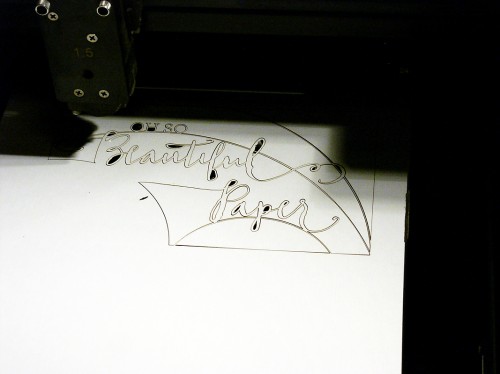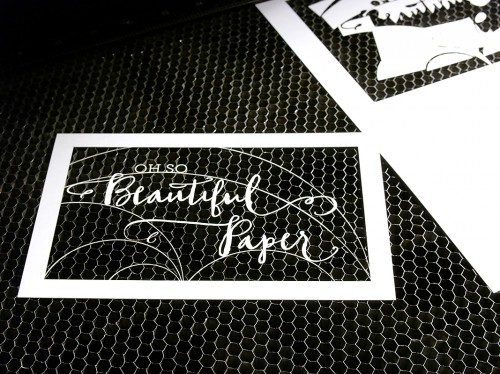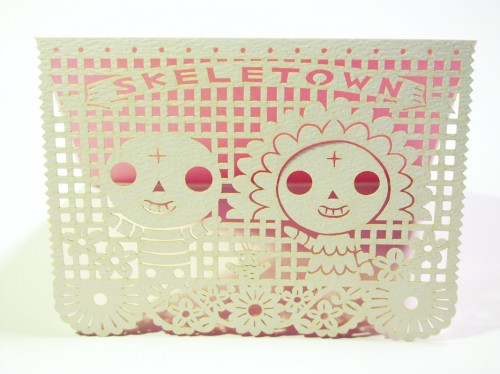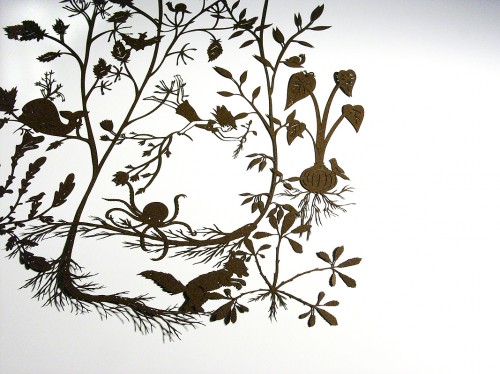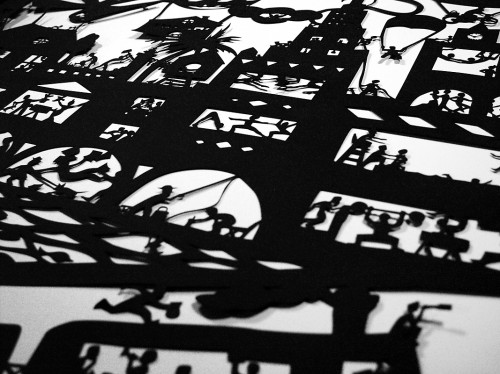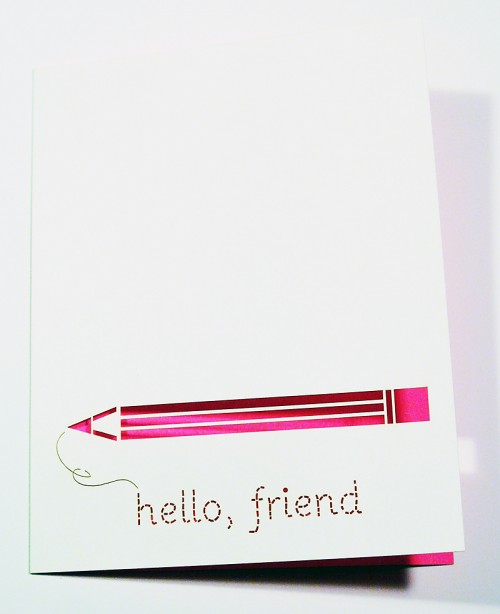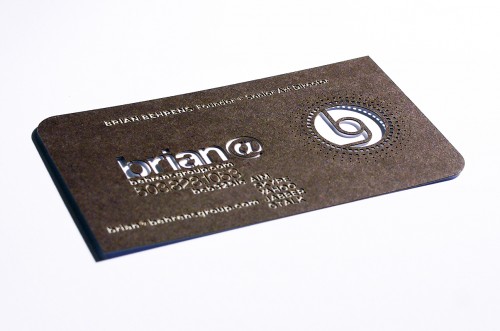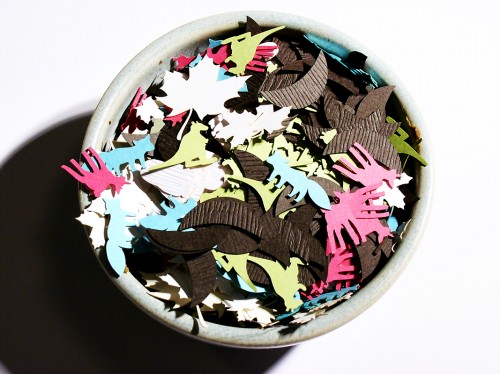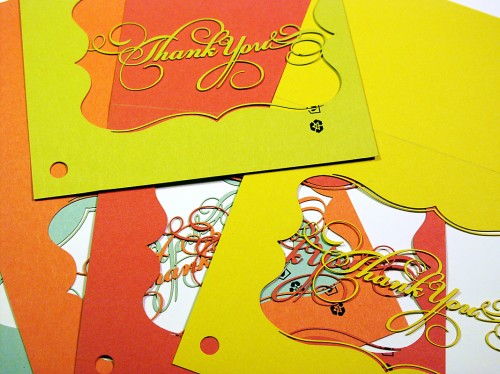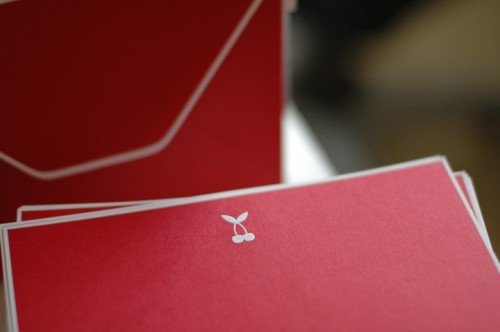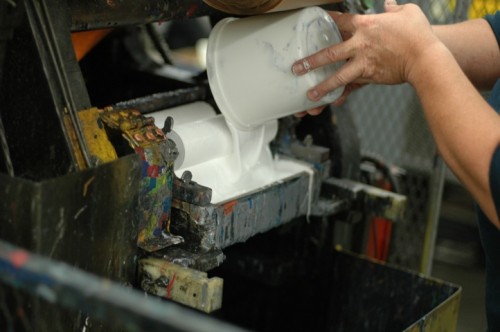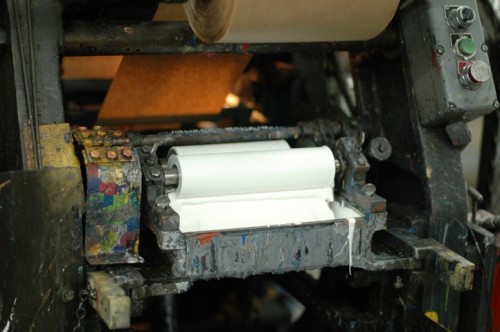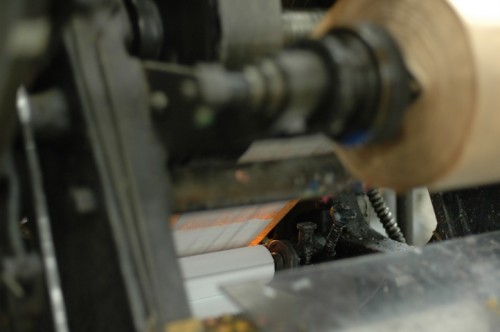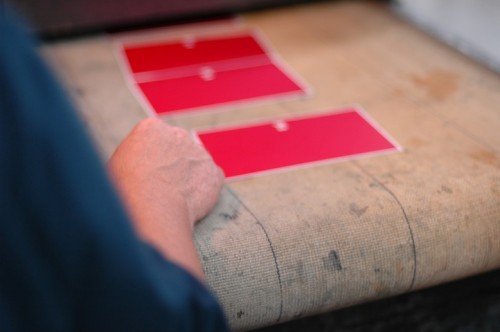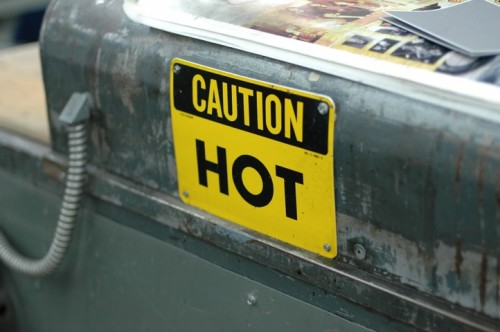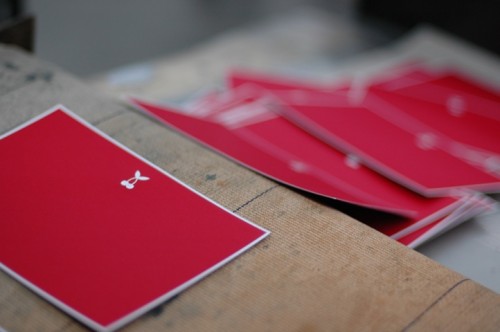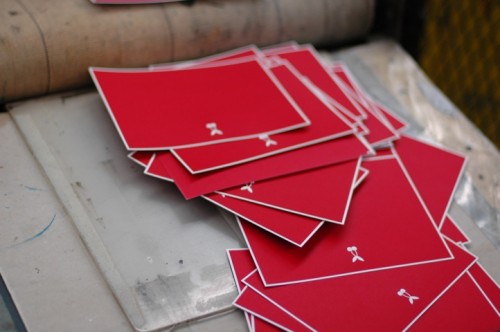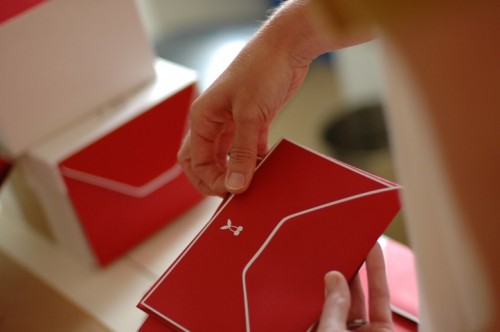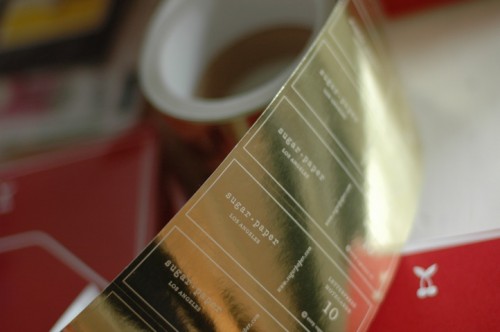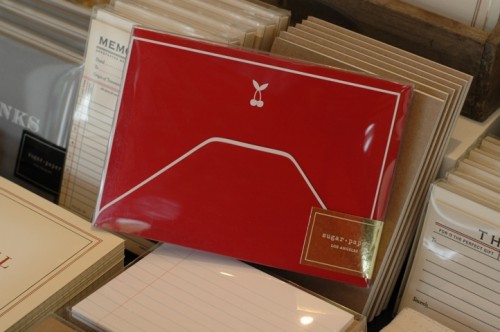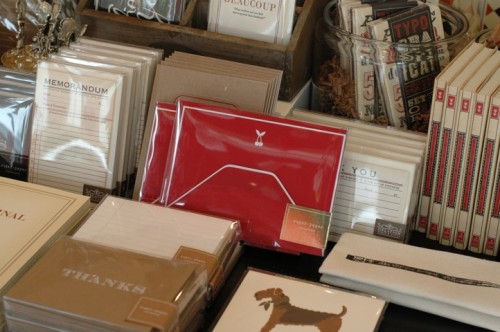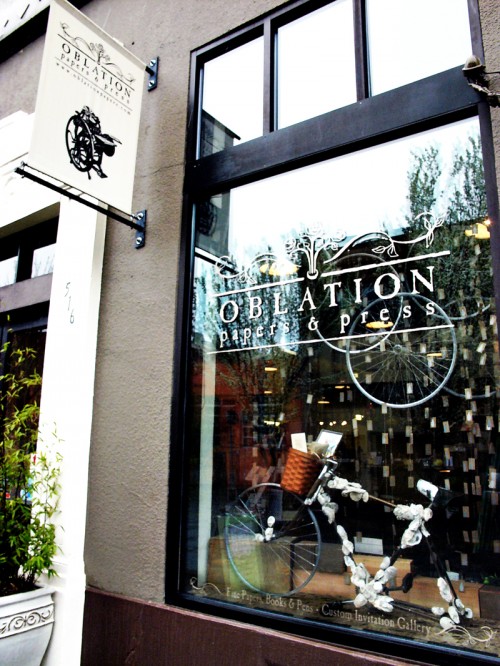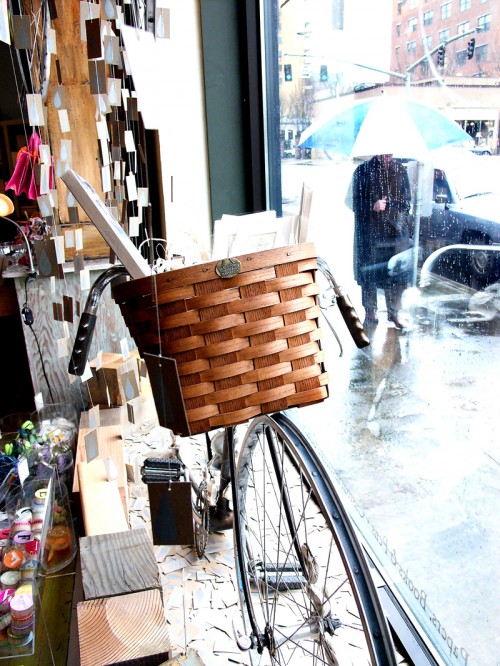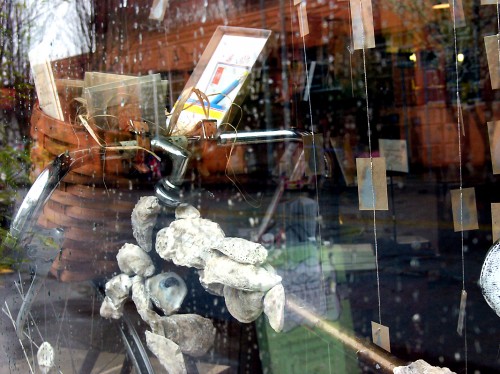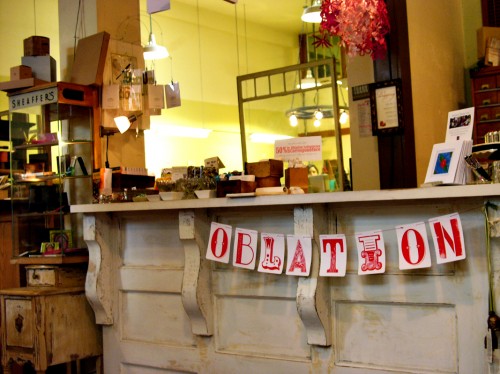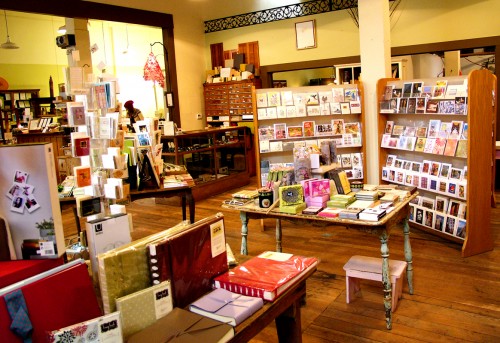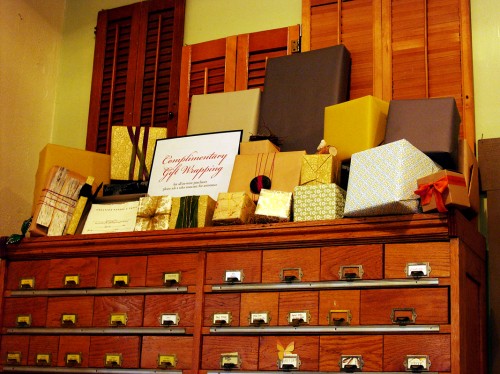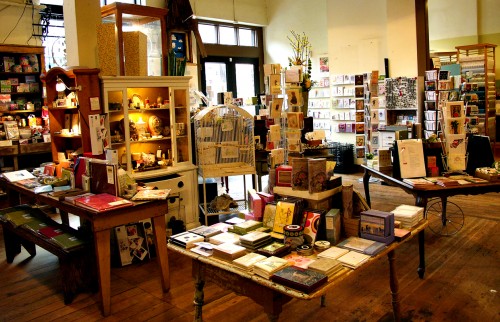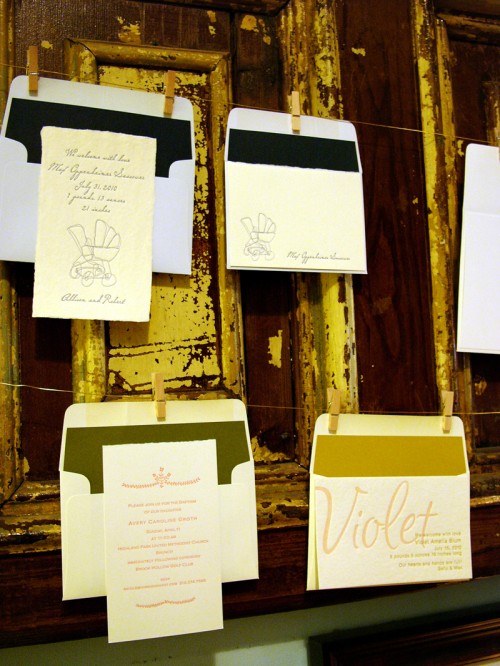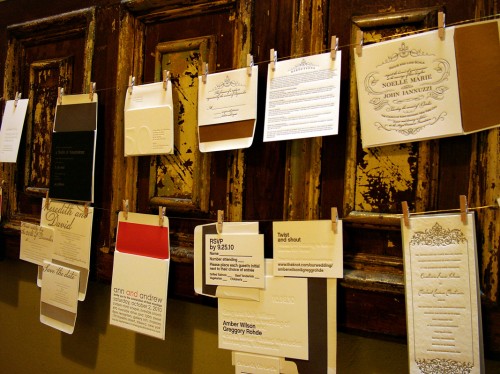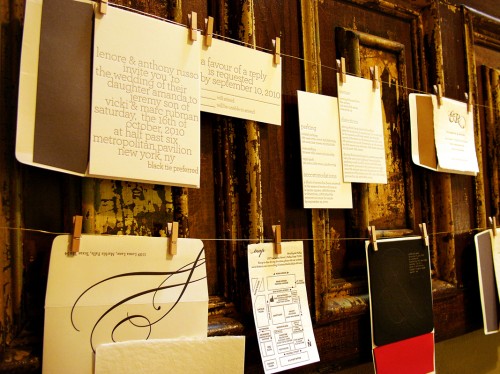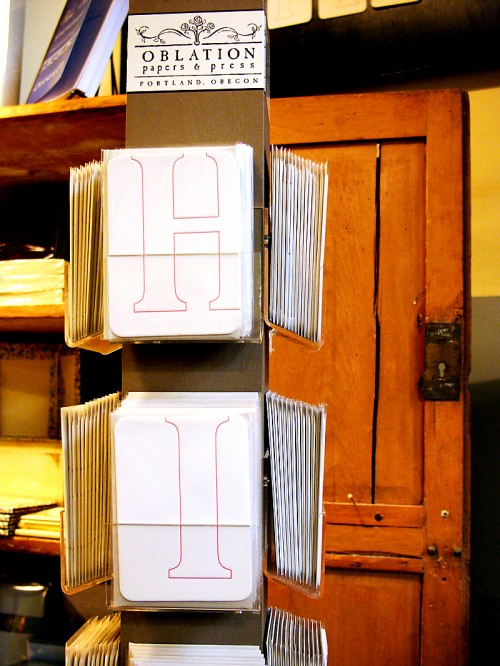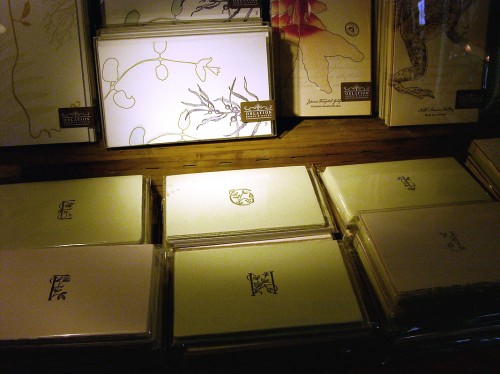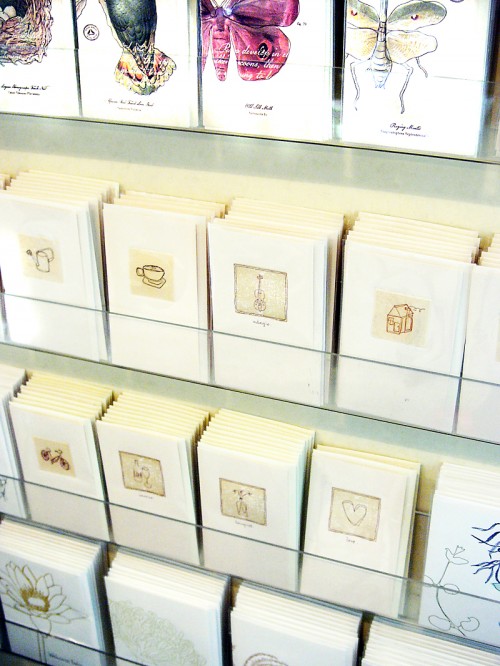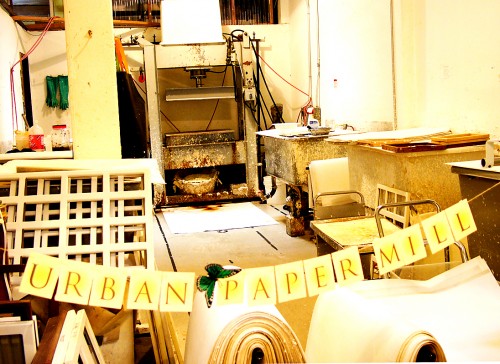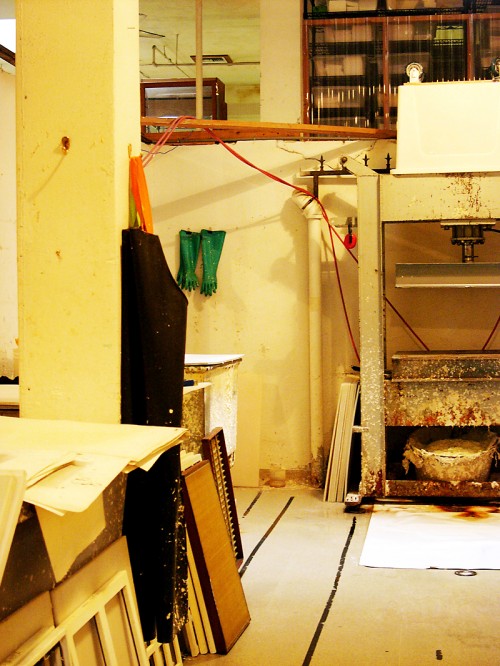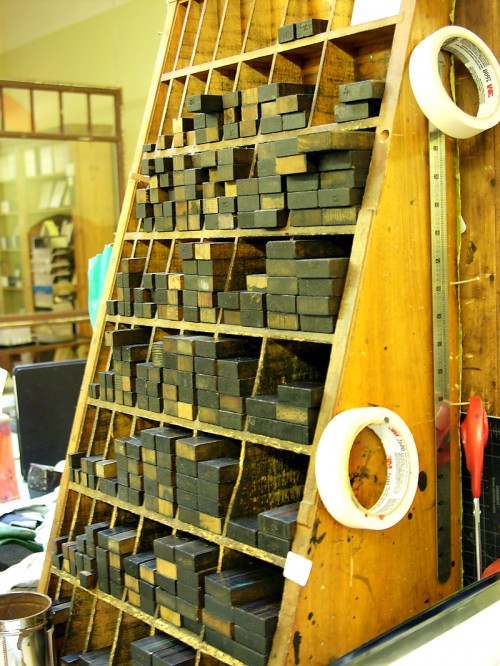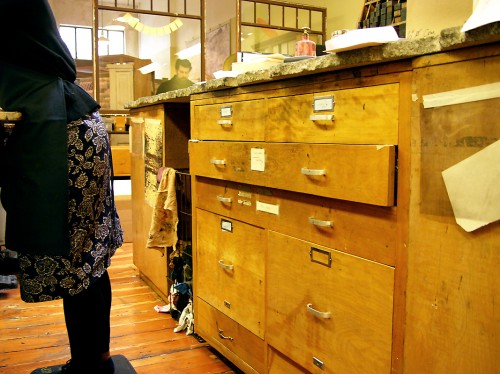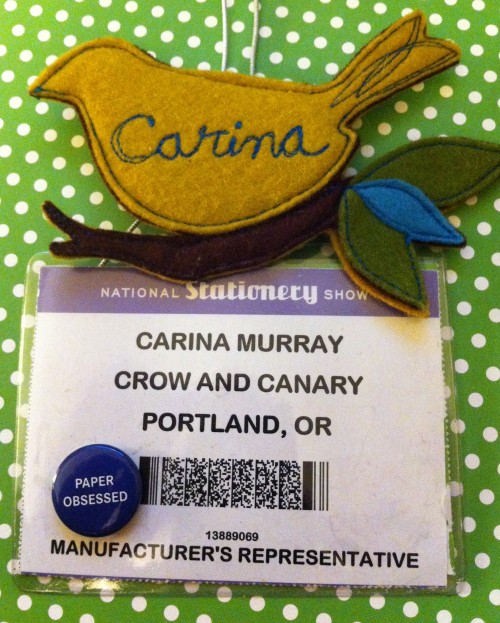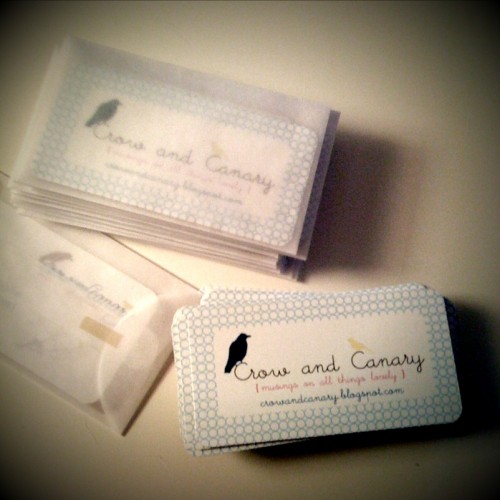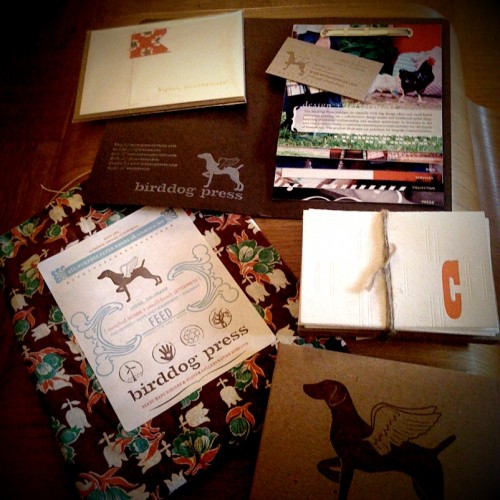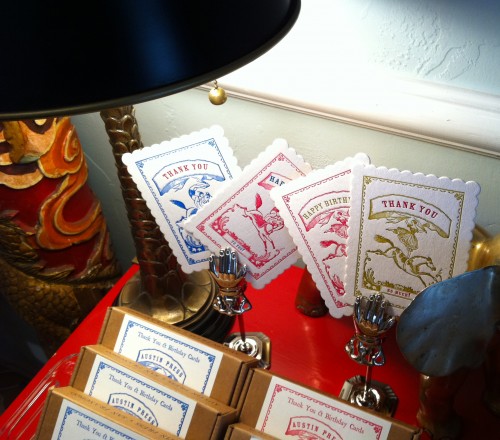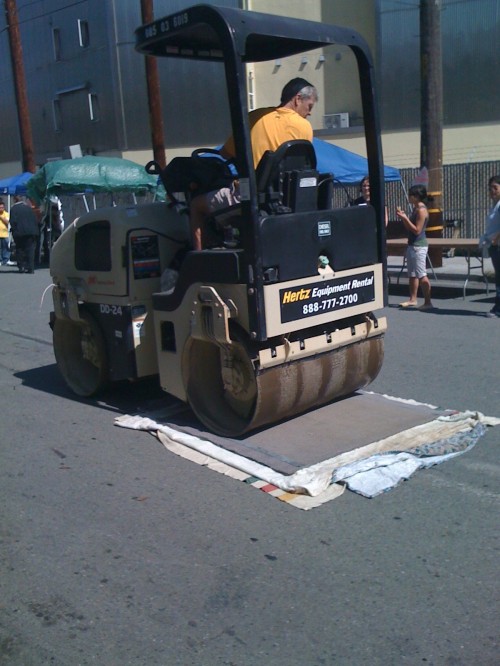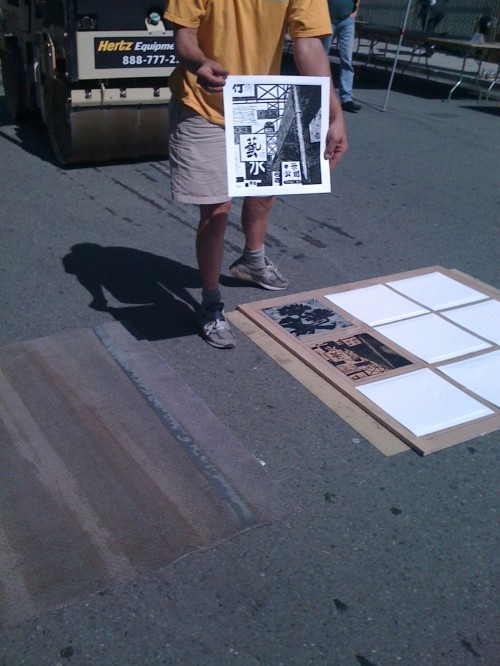In addition to awesome guest posts over the next two weeks, I’ll be running a series of special posts on the various printing processes while I’m away.  I’ve asked some designers and printers to share their expertise and lots of photos to fill you in on what you need to know about different printing methods, along with a few tips and advice if you’re considering a particular printing method for your wedding invitations or other personal stationery projects.  Today we start the series off with a guest post about the most familiar printing method – digital printing – from Ellie at Mint and Hello Tenfold!
Hello, OSBP! Â I’m Ellie from Mint and Hello Tenfold. Â I’m excited to be guest blogging today to help clear up the sometimes confusing world of printing methods, starting with digital printing!
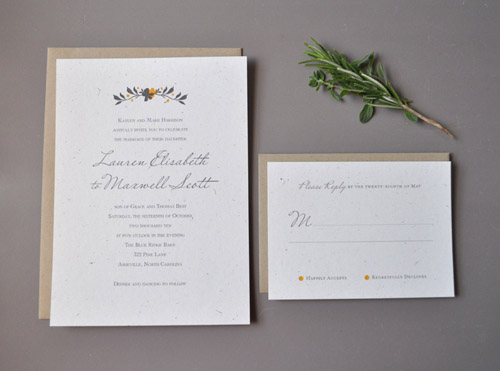
What is Digital Printing?
Although I design letterpress and screen printed invitations, I also do a lot of digitally printed invitations and “day-of” wedding stationery, like ceremony programs, menus, escort cards, and more. Â I’m sure you have a good idea of what digital printing is; most of us have home or office printers, and the digital printing I use on invitations is similar, but with a fancier and bigger printer.
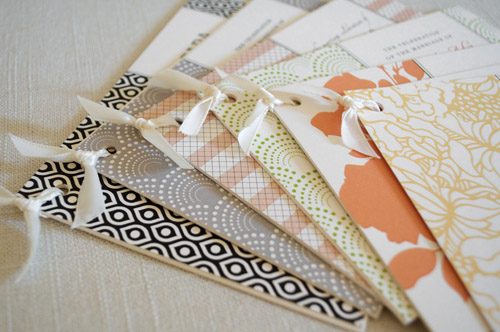
Unlike offset or letterpress where printing plates are involved, digitally printed invitations are printed directly from a digital file on a computer.  Digital printers transfer four colors of ink (cyan, magenta, yellow, and black) to paper simultaneously, producing a full-color print after only one pass through the printer – meaning that each invitation takes less time to print and is less expensive to produce than other printing methods.  Unlike letterpress, which leaves a relief impression, and engraving, which produces raised text, digital printing produces a flat image without any texture.
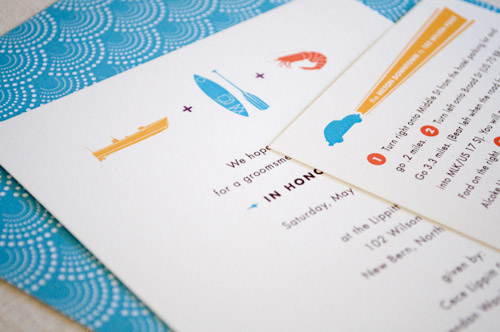
Digital printing is the most commonly used printing method because it’s fast and inexpensive. Â Since printing plates aren’t required, it’s a cost effective way to print a low number of pieces (like 50 invitations, for example), and you aren’t limited to the number of colors you can use in one piece. Â That means it’s a great way to reproduce scanned imagery (think collages, hand drawn illustrations, or paintings).

The Printing Process
There are two common digital printer types: laser and inkjet. Â Laser printers use laser beams, electrical particles, heat, and a plastic particle called toner to create an image, whereas inkjet printers spray ink from cartridges directly onto the paper.
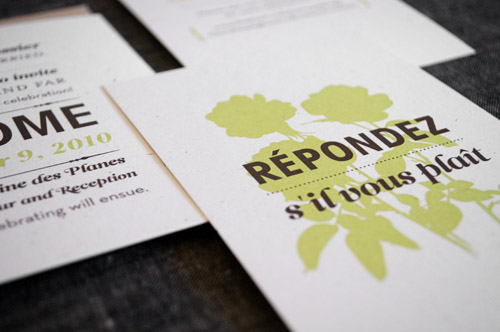
Typically, laser printers handle type and graphics better than inkjets, and inkjets are better for printing photographs. If you’re purchasing a home printer, inkjets are less expensive up front but the ink cartridges can make them more expensive in the long term.
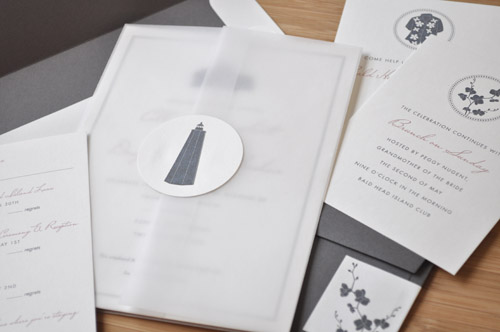
Speaking of home printers, there is a big variety in the quality of printers, as you’ve no doubt noticed! Â The printer you have at home probably isn’t as good as the on-demand printing company down the street, and that printing company may not have as high quality machines as a larger, professional printing company.
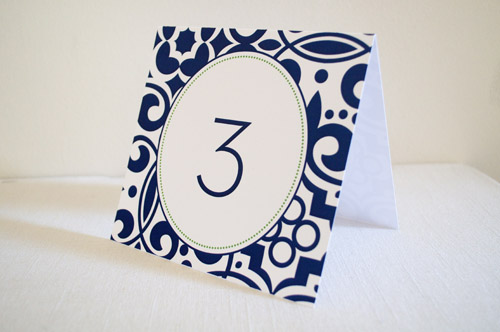
Tips and Advice
Fortunately, getting proofs of digitally printed work is inexpensive or even free, so if you’re going the DIY route it pays to try different companies to find one that works. Â You’ll also want to make sure the company you work with can print on the exact paper you choose, and will pay attention to details like perfectly centered invitation borders if they’re doing the cutting and folding for you.
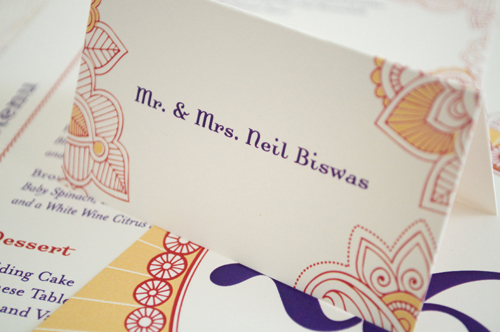
I often suggest digital printing to brides who don’t have the budget for something like letterpress, but still want modern, well-designed and/or completely custom invitations. Â However, digital printing does have limits: papers must be able to withstand heat and to go through a curved or straight path in the printer, which means you are limited in paper weight and thickness.
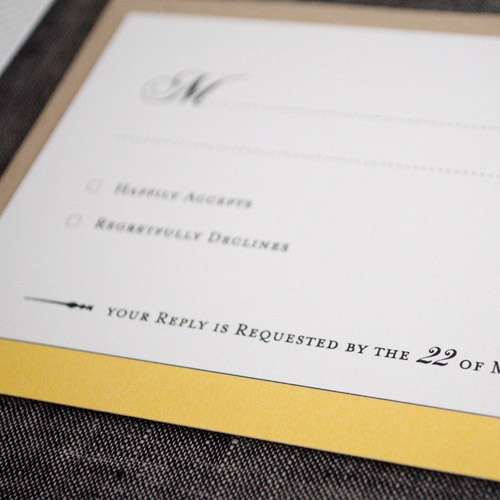
Also, the lighter paper weight can give a more casual feel than other printing methods, like engraving or letterpress. Â But saving money on the printing process can mean extra room in the budget for things like belly bands, envelope liners, and envelope printing (which are also great ways to up the formality of your invitation). Â And if you’re reproducing handmade images, it’s often the best (or only!) route to take.
Thanks Ellie! Â You can check out more of Ellie’s fabulous invitations and day-of wedding stationery over on Hello Tenfold!
Photo Credits: Nina’s invitation photo by naturally nina, all others by Ellie Snow for Hello Tenfold
*Hello Tenfold is a sponÂsor of Oh So BeauÂtiÂful Paper; for more on my ediÂtoÂrÂial poliÂcies please click here.

